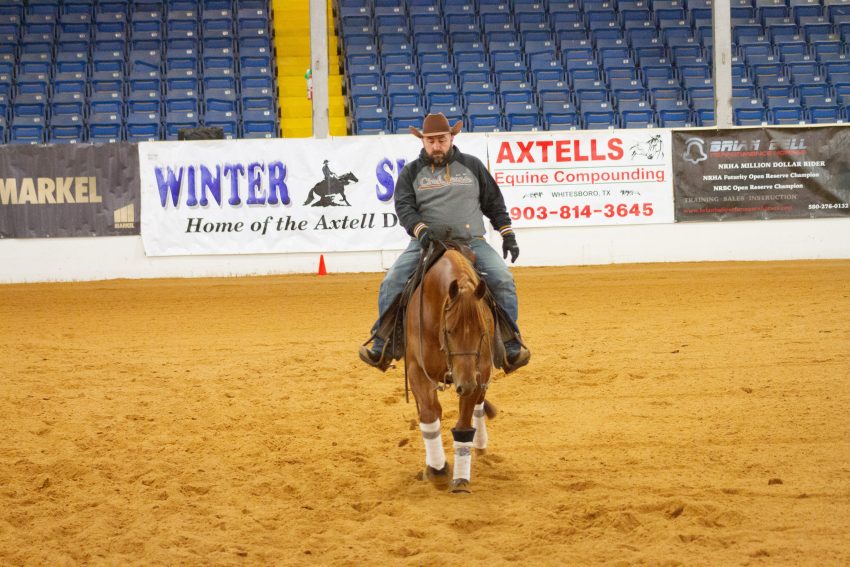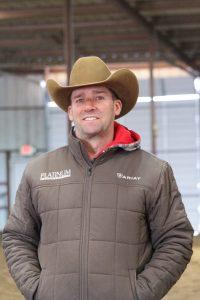
Brian Bell
I try to try to prepare the horse for show situations. I try to get them ready outside exactly like I’m going to show them. I go in there and make show scenarios happen and try to see if they pass or fail the test. Sometimes, I’ll lope off slow to make sure my horses being slow and quiet and waiting on me, and then, I’ll run a large fast circle wide open like I’m trying to win the Futurity. then try to see if they slow down like I want them to. Sometimes, I turn the corner, like for a rundown, and put my hand down to see if my horse waits for me.
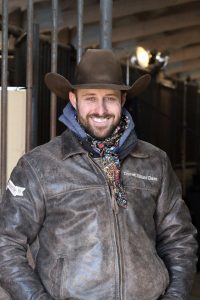
Trevor Dare
I’ve talked to my uncle Rocky Dare a lot about paid warmups because he’s ran for a lot of world titles on older horses, so they need to be ready to go show every weekend. He always told me to take all the anxiety away from your horse. So instead of going in there and making it a training session or going in there and running really hard and testing them, he said just go in there and kind of cruise through, go through the motions, and don’t worry about too much. I feel like, by following that when I go in the pen, my horses are a lot more relaxed.
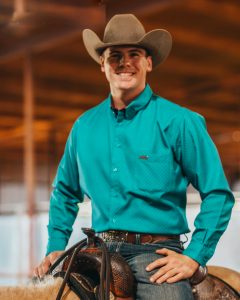
Josh Murphy
I let my horses tell me what they need to work on. Just going in there with no expectations and waiting for them to show me ‘hey, I’m anticipating this,’ or ‘I’m going to push on you there.’ Time management is probably the biggest thing on paid warm ups, just knowing that you have a limited amount of time when you’re in there. So, you have to get in, get out, do what you need to do. If I already have a pretty good idea that they’re really solid on something, I may save that for the end, or I may just kind of gloss over a little bit.
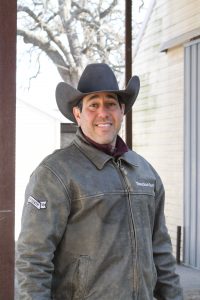
Yonathan Baruch
It’s funny, but I calculate the time I spend in a paid warmup by the square footage, which means the size of the arena tells me how many paid warm-ups I need in a row. Sometimes, I’ll do just a single one; other times I’ll do two back to back. I like to take my time. For example, in this arena [Hardy Murphy Coliseum], six minutes is exactly the time to finish a pattern and a half. I just like to give the horses enough time, because, otherwise, it defeats the purpose. The paid warmup is for them to be alone in the arena and get comfortable, so I want to give them that time. I always tell my guys, ‘don’t rush, work on what’s in front of you, and don’t worry about finishing the pattern. Worry about fixing your horse and getting him on the right track.’ A lot of times if things go on the right track in a pattern, they’ll continue that way. So you’re setting yourself up for success.
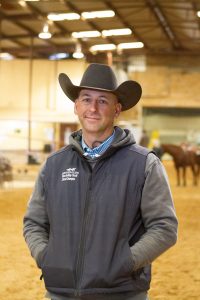
Seth Ingram
I think your paid warm up depends on your horse on what you’re trying to accomplish. You need to know what you’re in there to work on and focus on that. Don’t get too carried away. Get a nice, effective, clean work in. You don’t want to go in there and scare your horse, but you also want to make sure that he’s being honest with you. So, it’s kind of a real fine balance, but it also depends on the horse. Some horses, you want to go in there and push different parts and find out what they’re going to do, and others, you’re just there to cruise so it just kind of depends on what you’re working on.
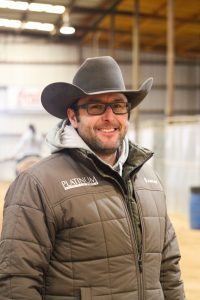
Jared Leclair
For me that a paid warm up is just to build confidence in your horse and the fear of what you’re holding. For me it’s not a training session. It’s just figuring out your horse’s personality and what you need to work on and build confidence.
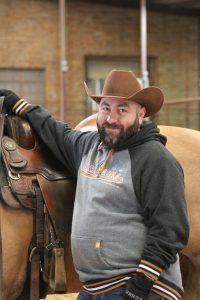
Dany Tremblay
It really depends on the time of the year. I schooled a lot of my three-year-olds from last year. So, all I wanted to do is make sure to go in the pen and they relax, and they don’t have any residue from the Futurity. That’s it. If I school older horses, well, I usually know where they can cheat, or they think a little too much. So, I’m going to try to fix that.

